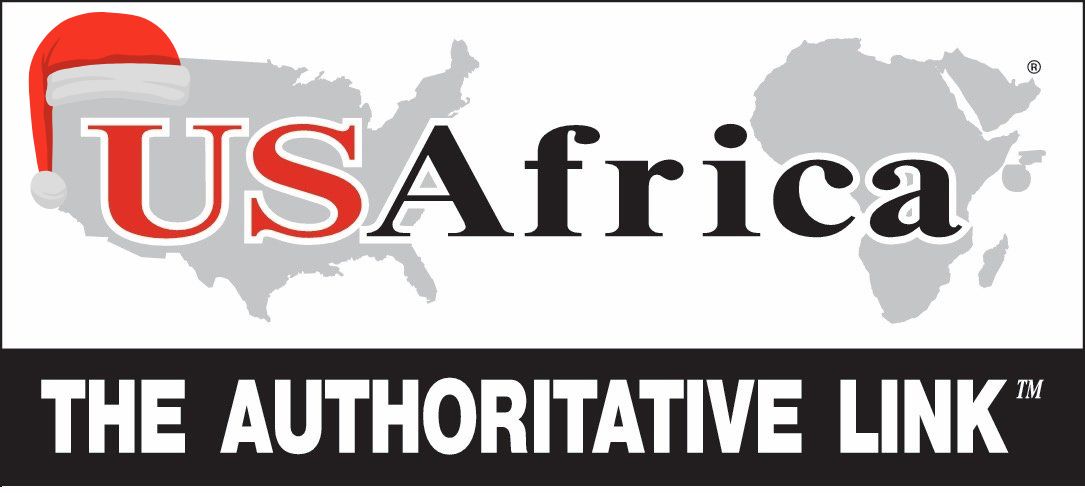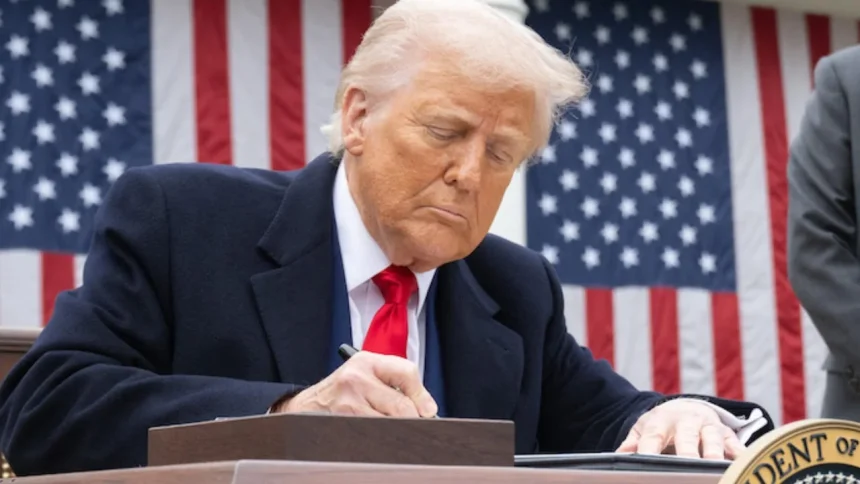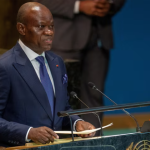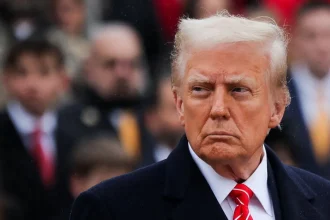President Trump unveiled two new tariffs on April 2, 2025, —dubbed “Liberation Day”—designed to address trade imbalances between the U.S. and its global partners. Speaking from the White House Rose Garden, Trump called the move “our declaration of economic independence,” though economists warn the tariffs could drive up consumer prices amid persistent inflation.
Overview of the New Tariffs
The newly announced tariffs include:
- A 10% Universal Import Duty – This across-the-board tariff applies to all goods entering the U.S.
- Reciprocal Tariffs on 90 Nations – These tariffs aim to match or counterbalance the trade policies of foreign countries.
Trump explained that reciprocal tariffs would “mean they do it to us, and we do it to them,” adding, “It can’t get any simpler than that.” He pointed to disparities such as the U.S. charging a 2.5% tariff on imported cars while the European Union imposes a 10% tariff on American vehicles.
What Are Reciprocal Tariffs?
Currently, the U.S. and its trading partners levy different tariffs on similar goods. Under Trump’s policy, the U.S. will apply tariffs mirroring those imposed by other nations—though at only 50% of the foreign rate. The plan also factors in non-monetary trade barriers, such as currency devaluation, which can make foreign goods cheaper in global markets.
Implementation Timeline
- The 10% universal tariff takes effect at 12:01 a.m. on April 5.
- The reciprocal tariffs begin at 12:01 a.m. on April 9.
Economic Implications
Trump argues the tariffs will reinvigorate U.S. manufacturing and encourage foreign companies to relocate production to the U.S. He also claims they will lead to lower prices—contrary to economists’ warnings that they could increase inflation.
A March 30 Goldman Sachs report projects the tariffs could push core personal consumption expenditures (PCE) inflation up by 0.5 percentage points, reaching 3.5% by year-end. In February, core PCE inflation stood at 2.8%, already ticking higher from the previous month.
Goldman’s analysis is based on previously announced tariffs, including Trump’s 25% duty on auto imports, along with expectations that the reciprocal tariffs will average 15%.
Despite these concerns, Trump remains firm on his stance, declaring, “These tariffs will make America wealthy again.”















